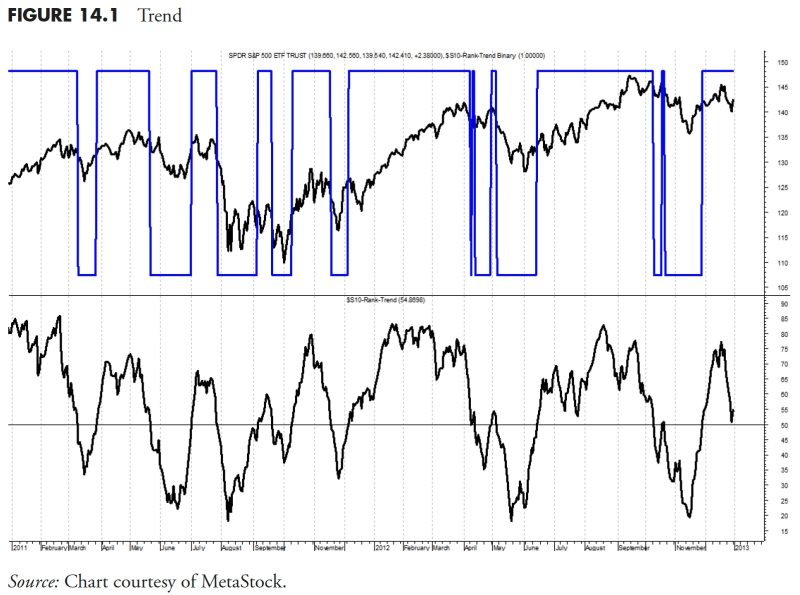
Mastering Money: Unlocking the Secrets of Security Ranking Measures in Rule-Based Money Management (Part 4)
In our modern world, the realm of finance has become an increasingly intricate landscape where traditional methods of money management are being reshaped by innovative strategies. One prominent approach that has gained substantial attention in recent years is rules-based money management. This methodology relies on a set of predetermined guidelines and algorithms to make financial decisions, replacing human emotion with data-driven insights. Central to this system is the concept of security ranking measures, which play a crucial role in determining the allocation and performance of investment portfolios.
Security ranking measures are designed to evaluate and compare investment options based on specific criteria, allowing investors to identify assets with the most potential for growth and minimize risks. These measures consider various factors such as historical performance, volatility, fundamental analysis, and market trends to assign a numerical ranking to each security. By utilizing these rankings, investors can create portfolios that align with their financial goals and risk tolerance.
One key aspect of security ranking measures is the emphasis on quantitative analysis. Traditional methods of security evaluation often rely on subjective judgments and qualitative assessments, leaving room for biases and inaccuracies. In contrast, rules-based money management leverages mathematical models and statistical techniques to objectively rank securities based on concrete data points. This data-driven approach provides investors with a more systematic and consistent method of decision-making, enhancing the overall effectiveness of their investment strategies.
Moreover, security ranking measures enable investors to prioritize assets that exhibit strong performance characteristics while avoiding investments that may pose higher risks. By incorporating factors such as historical returns, volatility levels, and correlation coefficients, investors can construct portfolios that are diversified and well-balanced. This diversification not only helps to mitigate potential losses but also maximizes opportunities for growth across different market conditions.
Furthermore, security ranking measures play a crucial role in risk management within rules-based money management. By assigning each security a specific ranking based on its risk profile, investors can implement strategies to optimize risk-adjusted returns. For instance, assets with lower rankings may be subject to stricter position limits or risk controls, while higher-ranked securities can be allocated more heavily within the portfolio. This proactive approach to risk management helps investors to navigate unpredictable market environments and safeguard their capital against adverse events.
In conclusion, security ranking measures are instrumental in the implementation of rules-based money management strategies, offering investors a systematic and data-driven approach to building and managing investment portfolios. By incorporating quantitative analysis and objective criteria, these measures empower investors to make informed decisions, optimize their risk-return profiles, and achieve their financial objectives. As the financial landscape continues to evolve, embracing innovative techniques such as security ranking measures can provide investors with a competitive edge in navigating today’s complex and dynamic markets.
